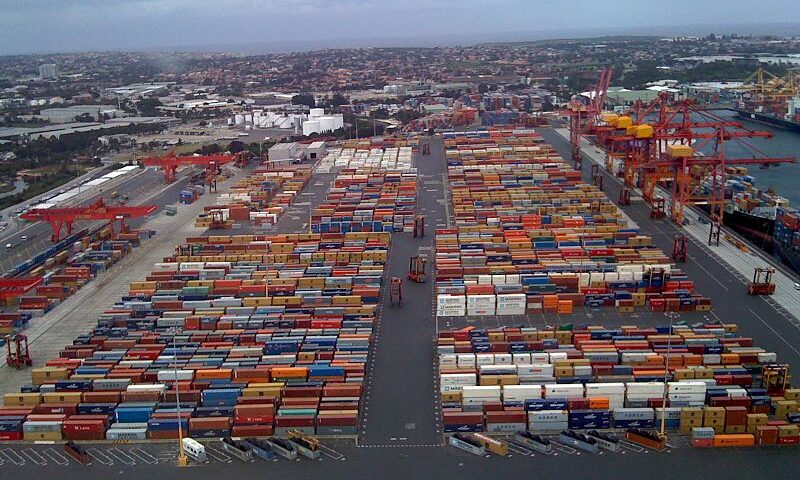PortEconomics member César Ducruet, and Justin Berli (Centre National de la Recherche Scientifique (CNRS), UMR 8504 Géographie-cités, Paris, France) and Mattia Bunel (Institut Géographique National, COGIT Saint-Mandé, France)– on their latest study, published at Networks and Spatial Economics latest issue, discuss main results in the light of network science, spatial science, and transport studies.
Their study tackles the longstanding issue of intermodality head on. From ageomatics perspective, the authors model both maritime and road networks connecting port and non-port cities taking into account crucial features such as physical geography, shortest paths, and transport costs. This creates the opportunity to study a hybrid network – both planar and non-planar, and the centrality/accessibility of cities in this bi-layered network. Based on the case of Australia, main results convey new empirical findings on how port and urban hierarchies correlate with single-layered and bi-layered connectivity.
Cesar’s, Justin’s and Mattia’s study can be downloaded via Journal’s website.












